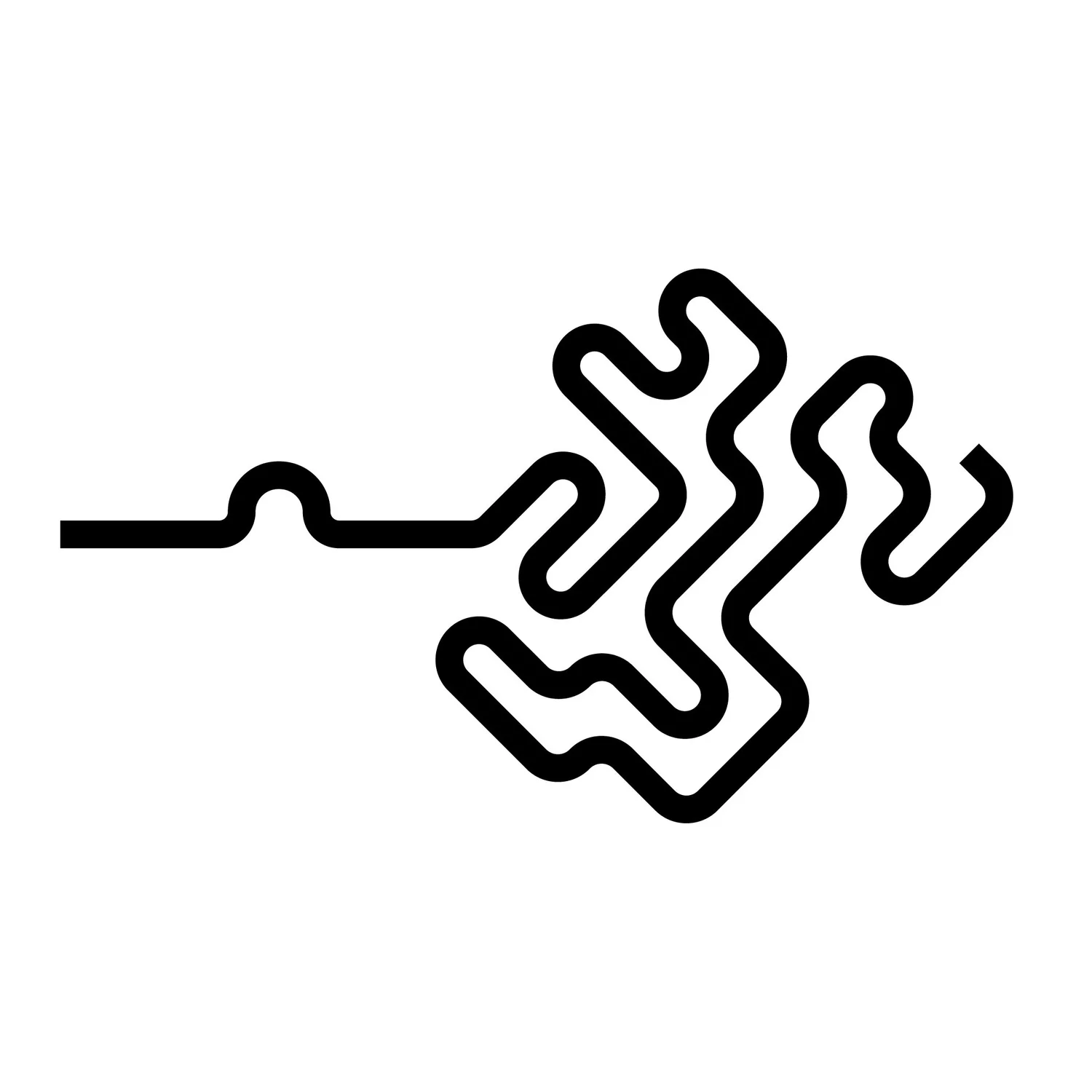Simple Clumping Using VEX
Clumping is a fundamental feature of any CG grooming software and there are a lot of different approaches to it. You will find that clumping varies a lot from one software to another and some are better suited for your workflows than others. I have my favourites, but unfortunately I don’t always get to work with the workflows that I would like to. Companies might have established workflows and some grooming packages are proprietary tools that are only available in specific pipelines.
VEX can help with this. You can start building your own clumping setup, and add the features you need. Having a goal, like building your own tool to fit your needs, will help you stay motivated learning VEX. Don’t be discouraged if you come across highly complicated and overwhelming setups. Most likely these setups are based on very basic logic. What makes many professional setups complicated is that they are built up to very high performance full of features and then optimised to the point that it’s difficult to see how and where the process of logical thinking started. What’s underneath is most likely vector math, which basics are not complicated. When you start to layer up these processes, the setups inevitably get complex. To study and understand how a script works is difficult task to do and working your way to the core logic needs certain level of experience in programming. I will suggest anybody who want’s to start building their setups to start from scratch and lay down their own logic. Like I mentioned before, there are many ways to approach clumping setups. What is right and wrong way to do things will be determined by what’s important to the task. Often this comes down to the balance between interactive performance and pure quality of the output. I usually start by making tools up to the quality that’s needed, and then run performance monitor checks and try to find any bottlenecks in the setup.
Feel free to take this scene as a starting point and start exploring, or just get inspired by it.
What you’ll find in this scene is a very simple clumping setup that’s based on the following logic:
Find out what is the closest clump guide to each hairs’ root point.
Set each hairs point positions to the clump guides point positions
Blend between the original input and the output of the previous step


